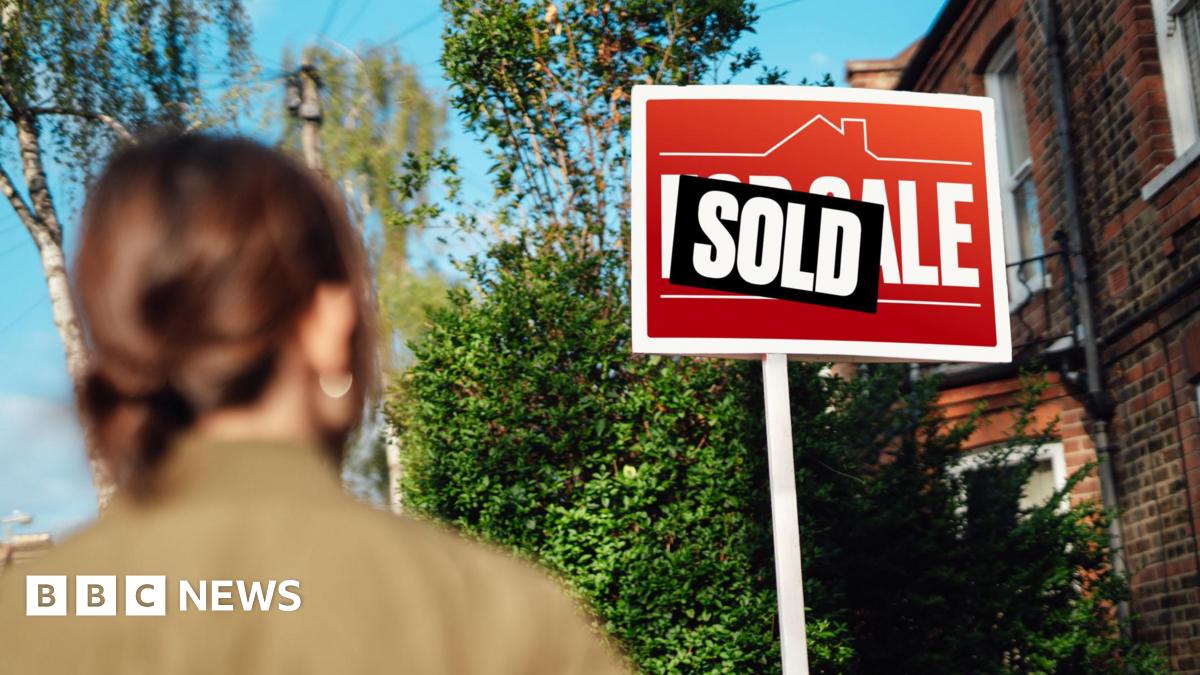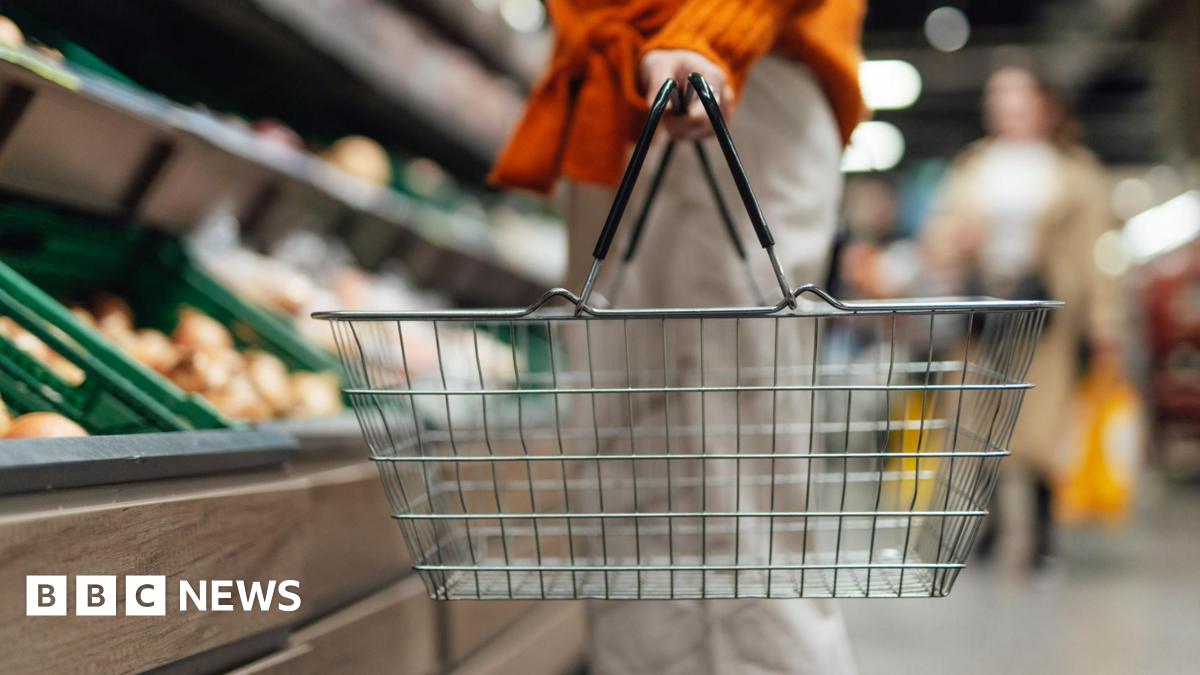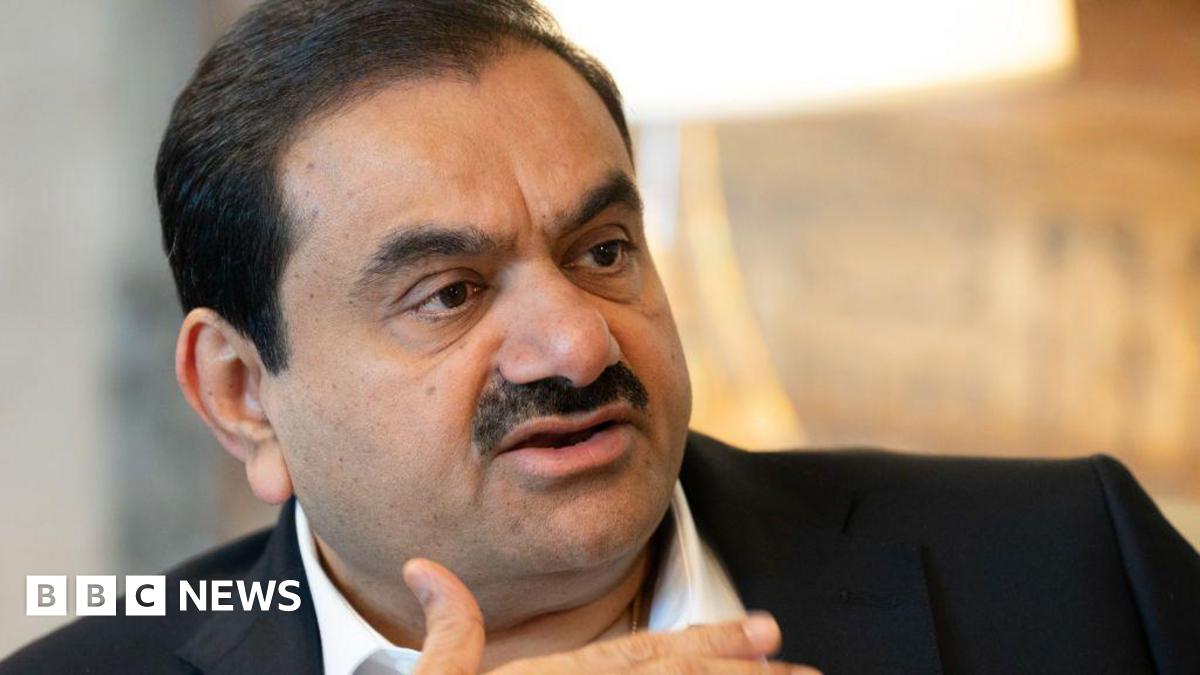Wilhelmshaven has long been a strategic port for Germany, initially a stronghold for 14th-century pirates and later a major trade and naval base.
However, in 2022 the North Sea coastal town took on a new role. It became home to Germany’s first floating gas terminal, a vital artery for gas supplies to keep power flowing both at home and across Europe at a time when the continent was coming perilously close to running out.
The infrastructure for the terminal was constructed in just 10 months as Russia slashed pipeline gas supplies to the EU after its invasion of Ukraine, threatening shortages and blackouts. It receives natural gas cooled to its liquid form, regasifies it and then sends it into mainland Europe’s sprawling network of gas pipelines.
A full shipment has the capacity for enough gas to power 90,000 homes for a year. Appropriately the vessel, owned by Norway’s Höegh LNG, is named the Esperanza, after the Spanish word for hope.
In 2023, the Esperanza provided around 6 per cent of Germany’s total gas consumption, according to Uniper, the German energy giant that operates the terminal, and its capacity will be fully used again this year.
“With the expansion of that import capacity, a significant amount of gas could be diverted from Asia in the short term to bring into Europe so it was a really important part of dealing with the crisis,” says Uniper’s chief executive Michael Lewis.
Wilhelmshaven was the first floating storage regasification unit (FSRU) to come online during the crisis but many more are in the works. Since Russia started cutting pipeline supplies to Europe in 2021, at least 17 liquefied natural gas (LNG) terminals have been planned or are under construction.
LNG received by these FSRUs have helped replace all but 10 per cent of the gas supplies that previously came to the EU from Russia via pipelines, helping to reduce gas prices from record highs of over €300 per megawatt hour in August 2022 to near pre-crisis levels of around €30 per megawatt hour today.
The energy crisis that Europeans feared two winters ago has not come to pass, thanks to a combination of unprecedented energy policy interventions, cuts in demand and good luck. In terms of both storage levels and prices “we are in a much better position now than I would have thought three years ago,” says Anne-Sophie Corbeau, global research scholar at Columbia University’s Center on Global Energy Policy.
But that does not mean Europe is in safe waters. The short-term response to the crisis may have created bigger problems for the bloc in the future, including a heavy reliance on historically volatile LNG markets with implications both for industrial competitiveness and the green transition.
Höegh’s Esperanza, for example, is contracted to run at Wilhelmshaven for ten years — long after environmental groups hoped demand for gas would subside in favour of cleaner alternatives.

It will be hard to meet the commitments enshrined in the 2015 Paris climate agreements when there are a “large number of gas power plants that don’t have a retirement date,” says Alexandru Mustață, a campaigner at Beyond Fossil Fuels.
“We are at a point where there isn’t a lot of clarity across Europe.”
Four days after Vladimir Putin launched his full-scale invasion of Ukraine, EU energy ministers met to discuss the major damage Russia had inflicted on Ukrainian energy infrastructure and the risk to their own country’s energy supplies.
A senior EU official recalls gaming out scenarios over a large map of Europe in European Commission offices in Brussels. “It was a question of could we keep the lights on? Could we heat the homes? Could we keep the industry going?”
Gas supplies were of the utmost concern. As well as heating millions of homes, natural gas is also key to the fertiliser and petrochemical sectors, and in heavy industries like steel making. Its wholesale price dictates what people pay for their energy bills.
The bloc is reliant on imports, either through pipelines or LNG shipments, for nearly 90 per cent of its supplies. Before the war, flows through four main pipelines from Russia accounted for around 40 per cent of the EU’s total supplies.
Even before the war started in Ukraine, Moscow had started to exploit that dominant position, strategically cutting supplies to the EU and strangling the amount of gas that went into storage.
The EU exited the winter gas season at the end of March 2021 with the lowest storage levels in three years after a prolonged cold winter. Concerns over tight supplies accelerated and European natural gas prices surged as Russia started to send less gas to Europe, in what was broadly perceived as a tactic to pressure Germany and Brussels to approve the start-up of the controversial Nord Stream 2 gas pipeline.
After Russia’s invasion in February 2022, it slashed its pipeline supplies more deeply than ever, in an attempt to pressure governments to reduce their support for Kyiv.
That August, the price of Title Transfer Facility, Europe’s gas benchmark, surged past €340 per megawatt hour, an all-time high. “The summer of 2022 was very close to a perfect storm,” says Benjamin Lakatos, CEO of Swiss energy company Met Group.
EU energy ministers met a further seven times in 2022, more than double the number of regularly scheduled meetings. “Energy ministers had this personal engagement to support Ukraine,” recalls Kadri Simson, the EU energy commissioner. “So when they were meeting every two weeks, nobody questioned why.”

Each summit became more heated than the last, Simson says, as they agreed the final pieces of emergency legislation that ranged from voluntary demand reduction efforts to gas storage targets and finally to a highly-contested gas price cap that was signed off in December 2022.
“Every [ministerial] meeting that followed the previous one was happening under bigger stress because first we thought that this situation would pass faster, and then the pain that consumers felt grew bigger and bigger,” Simson says.
Yet after the storm came surprising calm. Natural gas prices have slumped back to pre-crisis levels, with the bloc now in a much better position to move on from the energy crisis.
In reaching a state of relative stability so quickly, Europe benefited from some “absolutely spectacular luck”, says Amund Vik, the former Norwegian state secretary for energy, now a senior adviser at the consultancy Eurasia Group.
Firstly, there was the weather. As the crisis deepened in 2022, analysts and traders were worried that a cold winter would drain the bloc’s gas reserves and send gas prices skyrocketing. “An extremely cold month can eat up a lot of gas,” says Marco Alvera, former CEO of Snam, the Italian gas pipeline operator, noting that a cold day in February can consume twice as much gas as a regular February day.
However, the EU experienced winter temperatures 5 per cent warmer than the 10-year historical average in 2022-23, and 9 per cent warmer in 2023-24, as weighted by population, according to Maxar, a US data company.
The warm temperatures meant that gas reserves could be built up, Alvera says. Gas storage levels across the EU are already above 60 per cent full in April and analysts expect that this year, the bloc’s underground gas storage will be 90 per cent well ahead of the winter. “That’s a good position to be coming into the summer,” Lewis says.
Secondly, slower economic activity in China — in part due to pandemic-related lockdowns — meant that natural gas consumption declined in 2022 for the first time in over three decades. LNG imports to the country fell by 20 per cent from 2021.
To meet the expected shortfall in energy supplies, the EU has also accelerated its rollout of renewable power. Together, wind and solar produced 27 per cent of EU electricity in 2023, above a quarter for the first time, according to Ember, a think-tank. That has allowed the EU to save around 15bcm-17bcm worth of gas, Ember said. EU-wide emissions data published this month shows that the bloc reduced emissions by a record 15.5 per cent year-on-year in 2023.
But the EU did not reach this place of relative comfort without taking significant hits. The record high prices of the energy crisis have led to permanent demand destruction in the industrial sector, with many energy-intensive shops and factories going out of business.
The chemicals sector was hit hardest, with total production falling by 25 per cent between January and December 2022 and little recovery since the beginning of 2023, according to Columbia University’s Center on Global Energy Policy. The iron and steel, paper and pulp, wood and wood products, non-ferrous metals, and non-metallic minerals industries also experienced heavy production losses, it found.
“Some people are now saying we have achieved this [emissions reduction] due to decarbonisation of the industry and this is not entirely true,” says Axel Eggert, director-general of Eurofer, the EU steel industry trade body. “The main reason for that is because the economy simply produced much less. Steel production was 10 million tonnes less last year.”
Germany has been hit particularly hard, given its former reliance on Russian gas and its government’s policy of shutting down nuclear plants in the wake of the Fukushima nuclear disaster in Japan.
But some analysts argue that high prices played a part in saving Europe from enduring an even more significant energy crisis that would have forced governments to ration energy or cause rolling blackouts.
The higher prices being paid in Europe led LNG traders to prioritise deliveries to customers there over those in Asia, says Tom Marzec-Manser, head of gas analytics at ICIS. “Market signals were fundamental in allocating resources where it was needed.”
New infrastructure like the Wilhelmshaven terminal, which came online in December 2022, has enabled the EU to become a significant importer of LNG. In 2021, it made up only around 20 per cent of the EU’s overall imports of natural gas. In 2023, it accounted for 42 per cent.
Nearly half of the supplies last year came from the US, now the world’s largest LNG exporter after its shale boom, and the bloc also sourced significant volumes from Qatar, the third-largest exporter. But ironically, the EU’s imports of Russian LNG also surged during the period. However, EU member states are currently having discussions with the European Commission about whether, and how, Russian LNG could be placed under sanctions.
The newfound dependency on LNG poses potential issues for Europe down the road, introducing reliance on different partners for gas, exposing it to a highly volatile market and potentially delaying the bloc’s progress towards a legally binding goal of hitting net zero emissions by 2050.
The cost of importing LNG is much greater than piped gas from Russia, meaning prices are likely to stay higher. Resurgent demand from Asia will also keep costs high as the bloc competes with importers for limited cargoes.
Policymakers are hoping that the legislation the EU has put in place, including a reform of the bloc’s electricity market designed to smooth out price spikes and to regulate supplies of hydrogen and gas, will see the bloc through until the US and Qatar manage to put greater volumes of LNG on the market from 2026.
EU energy ministers in December extended for a further year several pieces of the emergency legislation brought in during the crisis, including the gas price cap, although energy commissioner Simson says that it should not be extended any further.
Vik, the energy consultant, says that the bloc faces a difficult scenario with structurally higher energy prices than the US and China, its rivals for clean technology manufacturing capacity.
“European energy prices are kind of high and energy is hard,” says Vik, “and there is no such thing as short-term energy policy if your aim is to influence the fundamentals. It takes a long time to build energy assets.”

EU leaders gathered in Brussels earlier this month to discuss the bloc’s waning competitiveness, in the face of vast subsidy schemes in China and the US with secure supplies of “abundant, affordable and clean energy” on the priority list.
Then there is the long-term green agenda. Beyond Fossil Fuels has found that only 2 per cent of Europe’s gas fleet has a scheduled retirement date but a recent plan laid out by the European Commission for how the bloc could reach a 90 per cent emissions reduction by 2040 states that fossil fuel use should be reduced by 80 per cent compared to 2021.
“A significant share of the oil and gas network may gradually be repurposed for e-fuels, advanced biofuels and renewable and low carbon hydrogen,” the document said, although engineers are sceptical about the feasibility and expense of converting former gas plants and pipelines into infrastructure for renewable fuels.
Uniper is building a separate ammonia import facility along the coast from the Wilhelmshaven terminal to boost production of green fuels but has not carried out studies on transforming the FSRU itself. “We see that as more feasible than converting the LNG terminal,” says Christian Janzen, Uniper’s project manager for the Wilhelmshaven terminal.
Policymakers are hopeful that diversifying gas supplies and taking steps to boost hydrogen production and roll out renewables will help ease the deepening fears about industrial decline on a continent that is reliant on imports for fuel supplies.
“The last two years have been the most unpredictable and also the most challenging with regard to energy. We were faced with a crisis that we have not witnessed before,” says Tinne Van der Straeten, the Belgian energy minister.
Now, she says, “we need a forward looking view, we need resilience, we need energy back into our own hands”.
Simson reiterated the EU’s goals to have almost 600GW of solar power by 2030 and more than 500GW of wind — a vast acceleration compared to the rollout before the crisis. Cutting greenhouse gas emissions goes hand in hand with energy security, she says.
“Putin switched off the gas. He cannot repeat that with the sun.”
Credit: Source link













